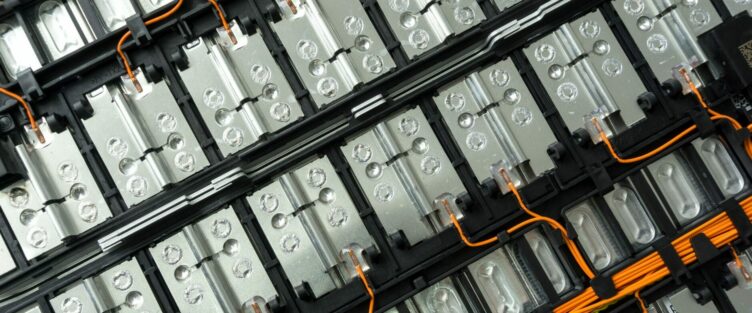
Thermal runaway reaction – can it be prevented?
As more industries and applications turn to battery technology in order to create sustainable energy solutions, ongoing research and development into making them safer is vital.
A significant risk to safety which is present particularly in high energy density batteries is thermal runaway. Thermal runaway can cause an unstoppable reaction that leads to incredibly high temperatures and fire which can be difficult if not impossible to extinguish by conventional methods.
So, the ongoing challenge and question is – can thermal runaway be prevented?





